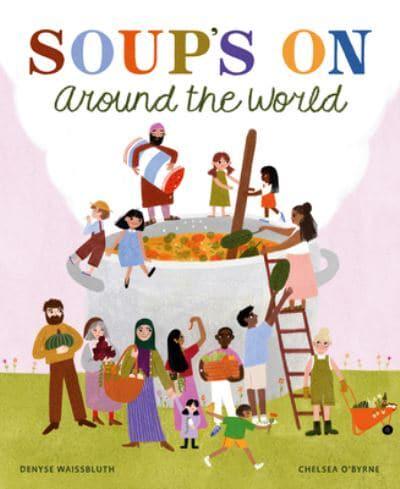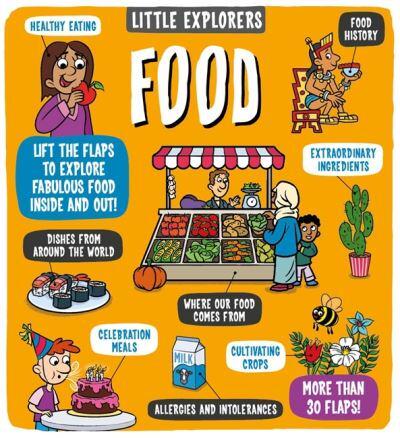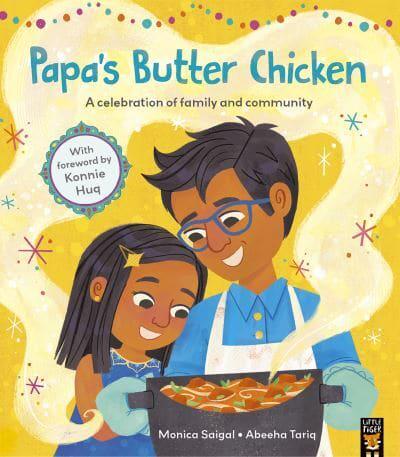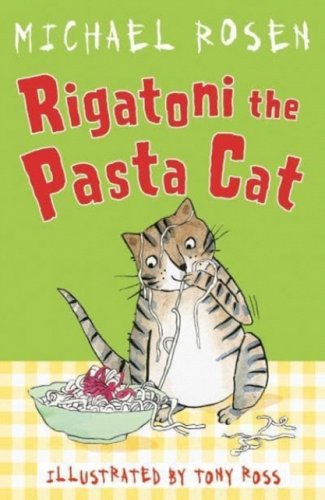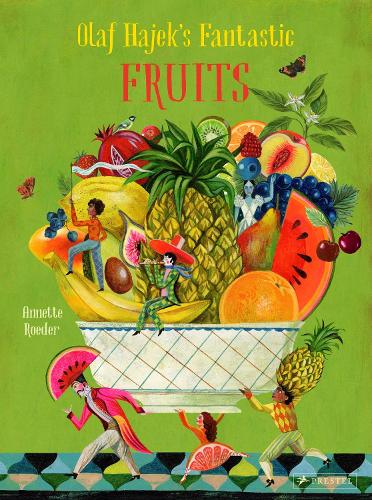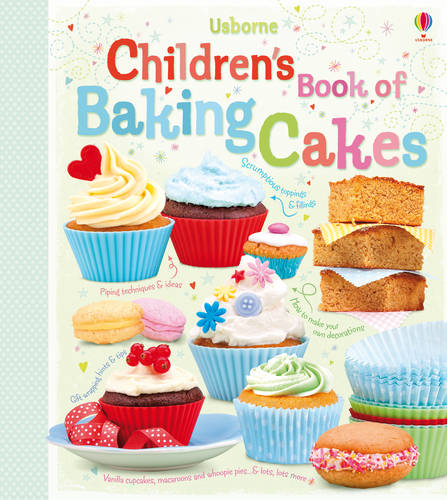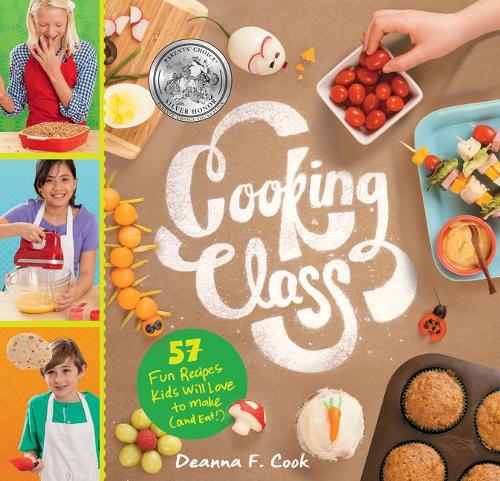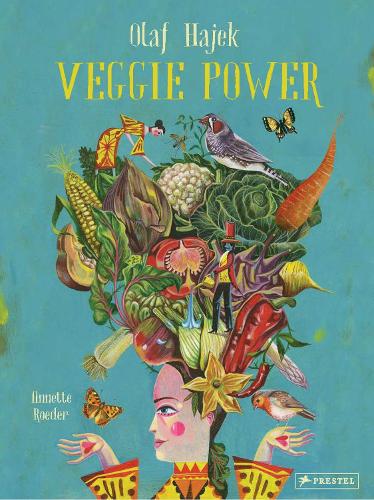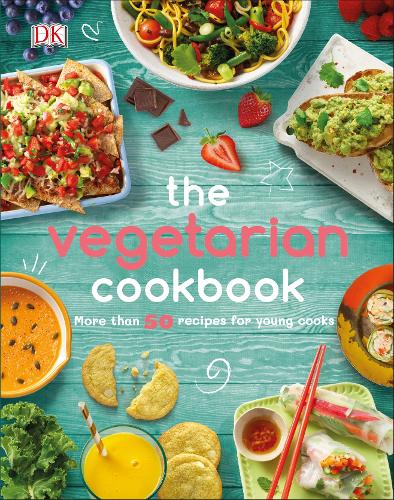Food and cookery topic books for children. This list of books contains suggested titles for children aged 5-13 in KS1, KS2 and KS3. Suitable for primary libraries – Dewey reference 641 – classroom bookshelves, and cross-curricular teaching, we have picked a range of publications to appeal to independent and reluctant readers. The book suggestions below include illustrated guides, poetry, fiction chapter books, reference nonfiction, and class readers. There are also free resources to inspire further research and home learning. This list of reading recommendations is revised regularly and includes titles by Gianna Pollero, Jasbinder Bilan, Winsome Bingham, Ewa Jozefkowicz, Chris Callaghan, A.F. Harrold, Morag Hood and Laura Gladwin.
Food and cookery topic books for KS1, KS2 and KS3 – our recommendations
Soup’s on Around the World by Denyse Waissbluth, illustrated by Chelsea O’Byrne
Serving up soups from twenty countries, this diverse and irresistible picture book for 4–8 year olds explores history and tradition as well as cuisine. KS1 children will learn that wonton soup has been enjoyed in China for over a thousand years, French onion soup may have links to royalty, and Finland celebrates Christmas with a dried fruit soup. West African bitter-leaf soup, once valued as medicine, and Australia’s pie floater are fascinating highlights. Chelsea O’Byrne’s dynamic illustrations bring to life the rich cultural detail. Highly recommended.
The Best Jollof Ricer Ever! by Onyinye Iwu
Kamsi and Kwame are best friends – until they decide to prove who cooks the tastiest jollof rice. In their rush to outdo each other, the recipes get creative and competitive! Eventually, though, they discover their dishes taste better when they’re on the same side. Nigerian author Onyinye Iwu gently highlights friendship and teamwork, celebrating West Africa’s favourite comfort food in a story seasoned perfectly for 4+ year olds.
Little Explorers: Food by Dynamo Ltd
Packed with flaps to lift and fun facts to discover, this interactive book helps young children explore food – where it comes from, how it’s made, and what people eat around the world. From ancient diets to festive feasts, it introduces big ideas in a simple, engaging way. With bold illustrations and plenty of surprises, it’s perfect for curious minds aged 3–6. Part of the Little Explorers series, it makes learning about food fun. It’s board book utopia for small hands.
Chews Your Own Tasty Adventure by Sai Pathmanathan
This clever cookbook combines practical instructions with bright and inspiring illustrations. Each recipe needs only six ingredients and the culinary tips encourage KS2-aged children to be creative and experiment. There’s a diverse range of dishes for children to try: some with adult supervision, such as churros and stuffed parathas, and others independently, such as basil pesto and sauerkraut. The interactive challenges add a zesty twist to the engaging and lively format.
Papa’s Butter Chicken by Monica Saigal and Abeeha Tariq
As Monica helps her father cook their favourite meal, he shares memories of his childhood in Delhi. As the picture book spreads unfold, family and friends arrive to enjoy the meal, despite Monica not wanting to share! Through bright and engaging illustrations, Papa’s Butter Chicken explores themes of community, generosity, and the joy of sharing. There’s a lovely recipe for butter chicken at the end of the book.
Imagine if… Veggies!: A Push, Pull, Slide Tab Book by Ayako Watanabe
Pumpkins with silly faces, asparagus express trains, and cucumber hammocks come alive with chunky push-and-pull tabs! Bold and imaginative, after reading this book children will see vegetables in a whole new light, hopefully sparking a new interest in eating unknown or previously unliked foods. Highly recommended for preschoolers. Also in the series is Imagine if… Fruits!: A Push, Pull, Slide Tab Book.
Faruq and the Wiri Wiri by Sophia Payne, illustrated by Sandhya Prabhat
As he watches his grandma prepare her traditional Guyanese cook-up rice with garlic, coconut, and wiri wiri peppers, Faruq dreams of being a chef. With vibrant and exciting illustrations and rich descriptive language, this picture book for younger children is bound to spark an interest in cooking and a love for family mealtimes. A lovely book to read and share.
Rigatoni The Pasta Cat by Michael Rosen
Rigatoni is a cat with a passion. A passion for pasta. He loves pasta in any shape, style, sauce or setting. But one day he’s faced with … tinned cat food. So he sets out on a hilarious adventure to find some pasta. Great to read aloud, teachers will love the changes in pace, space for children to think, and opportunities to ask questions. Children will love the fun illustrations, clever changes in font size and all the interesting and diverse names for pasta.
Shelly Hen Lays Eggs by Deborah Chancellor and Julia Groves
When a little boy watches a hen all day, he finds out a lot about how they live and how we use their eggs. Exploring where food comes from and how it reaches the table, Shelly Hen is a useful text to help EYFS and KS1 children understand how eggs are important in a balanced diet, and how important it is that the hens which lay them are treated well.
Cake! by Lotta Nieminen
Lotta Nieminen’s interactive board book lets toddlers play baker, turning wheels and pulling tabs to mix, bake, and decorate a cake. It walks little ones through the steps of a recipe, all without the mess, though there’s a real funfetti cake recipe included if a grown-up wants to join in. Part of the Cook in a Board Book series, it’s a clever mix of play and early kitchen know-how for curious 2-4 year olds.
Olaf Hajek’s Fantastic Fruits by Olaf Hajek
Each fantastic fruit – 25 in total – is treated to an enchanting and immersive illustration, and faced by a detailed page of engrossing narrative non-fiction. Children will learn how American blueberries leave your tongue blue, melons are related to cucumbers and dried plums can be used to create artwork. A high-quality text, this is a useful option for KS2 teachers looking for suitable material to use for impetus and modelling when teaching non-fiction writing. Fantastic Fruits is also a spectacular statement large format hardback book to display in the school library.
Small Knight and George and the Royal Chocolate Cake by Ronda Armitage
When a big fat chocolate cake has been stolen, George the Dragon and Small Knight set out to find the thief and rescue the baked marvel. However, there’s a sticky twist when the thieves make some tasty demands. The rhyming text in this picture book is ideal for whole-class teaching in reception.
Monster Doughnuts by Gianna Pollero
With monsters, heroine Grace’s secret weapon doughnuts and a first chapter titled ‘Poo and Old Cheese’, this easy-to-read page-turner is bound to be popular with reluctant readers in KS2. The extremely short chapters and pacey dialogue will have 7-11-year-olds ripping through this funny story in no time.
Polly Bee Makes Honey by Deborah Chancellor and Julia Groves
The second book in the Follow My Food collection, Polly Bee Makes Honey follows the honey from pollen collection to the hive and honeycomb, to the beekeeper’s collection and honey in the breakfast table jar. The bright illustrations and short bursts of clear text make this a good book to use in EYFS to help explain where our food comes from. There’s also a useful comprehension and ‘guess what’ section at the end of the book, which could form the basis of discussion or non-fiction writing ideas.
The Official Harry Potter Baking Book by Joanna Farrow
The ideal present for hungry Harry Potter fans aged 9+! With a practical, colourful and informative layout, children can choose from savoury or sweet, and vegan, nut-free or gluten-free. The 43 recipes are graded according to difficulty, with top cooking tips and photos of the finished product. Get started on the owl muffins now!
Oh Monty! by Susannah Lloyd and Nici Gregory
When Tiddles and Monty are left to look after a delicious multi-layered cake dripping with icing and bonbons, their owner trusts the cats implicitly to stand guard. But that’s not exactly what happens next and one of the pets cannot resist the prize in this mad-cat laugh a minute picture book. Great fun to read aloud, children will love to argue about who is to blame and whether either cat deserves some cake. Ideal for 3-5-year-olds.
The Cooking Club Detectives by Ewa Jozefkowicz
Skipton House Community Centre is under threat of closure – but who is behind it? Erin and her friends love the centre, and most of all, the cooking club. Forming the cooking club detectives, Erin and her pals, plus Sausage the dog set out to thwart the closure. Full of highly relevant themes, such as poverty, empathy, friendship and community – and food! Recipes are dotted throughout the chapters. Recommended for children aged 9+.
Children’s Book of Baking Cakes by Abigail Wheatley
With an enticing and colourful cover, this cornucopia of cakes includes easy to follow instructions and helpful illustrations for children aged 7-12. Choose from big cakes, little cakes or tray bakes – and learn how to ice, pipe and decorate like a master baker.
Why do we eat? by Stephanie Turnbull
Everyone loves to eat – but how often do we think about what we eat? This bright and appealing text will help 5-7-year-olds consider what happens after you have enjoyed your meal. Delve into the internal workings of the human body and find out which foods supply energy, why we have to eat different types of food and why too much of any one thing is not a good idea.
The Great Chocoplot by Chris Callaghan
No more chocolate?! Jelly and Grandma love chocolate and refuse to accept that there won’t be any more. The two would-be detectives follow clues and discover the evil villain behind the Chocoplot. Full of funny characters and incidents, this book will be devoured by more confident readers in KS1.
Food Atlas: Discover All the Delicious Foods of the World by Giulia Malerba
The informative guide includes cultural details of each country including a breakdown of the cuisine found there. A world map shows where and how foods were discovered and transported around the world by explorers and how diverse and far-flung ingredients have become everyday supermarket items. A wonderful addition to a school or home library for children in KS2.
Feast Your Eyes on Food: A Food Encyclopedia of More Than 1,000 Delicious Things to Eat by Laura Gladwin
Feed the imagination as well as the body with this comprehensive encyclopaedia of food for 7-11-year-olds. Discover the origins of your favourite fruit and vegetables, and learn why they are good for you. Explore why different foods are eaten and grown around the world. Best of all, find new and exciting foods to try. Ideal for KS2 libraries and home learning.
Tamarind and the Star of Ishta by Jasbinder Bilan
Full of mystery and magic, this enchanting story is interwoven with sensitively treated emotional events. Tamarind has been uprooted from her home in Bristol and taken to the foothills of the Himalayas to stay with her mother’s family. Here she becomes immersed in a different culture, cuisine and way of life. When she learns that no one will discuss the fate of her mother, who died before she was born, Tamarind decides to follow clues and find out more. This thought-provoking read is ideal for generating discussion in upper KS2 book clubs.
Midnight Feasts: Tasty poems by A.F. Harrold
This delicious anthology will have 6-9-year-old readers licking their lips and heading for the kitchen. Poems about every kind of glorious food are lavishly illustrated by Katy Riddell. Try ‘Chips with Custard’ by Jude Simpson, ‘Never Trust a Lemon’ by Roger Stevens or ‘Plump Yumberries’ by Salena Godden. This collection is ideal for reading aloud in upper KS1 and lower KS2.
Cooking Class: 57 Fun Recipes Kids Will Love To Make by Deanna F. Cook
This is a well thought out introduction to cooking for children. Spiral-bound, with wipeable pages, there are illustrated instructions, safety explanations, hygiene advice, equipment and washing up procedures to compliment the recipes. 8-12-year-olds will enjoy the 57 delicious recipes that range from the uber-healthy to the downright naughty.
Edible Science: Experiments You Can Eat by National Geographic Kids
A wonderful way to engage children with simple science and the skills of weighing and measuring. The experiments have been carefully chosen, and all include diagrams, illustrations and scientific explanations. And there’s a bonus – after the experimentation, there’s something delicious to eat! Recommended for children in KS2.
Spaghetti Hunters by Morag Hood
Duck has lost his spaghetti – it’s a disaster! Together with bumbling detective Tiny Horse, they lurch from one chaotic situation to another but still cannot find any spaghetti. Eventually, Duck decides to make his own. This book will encourage 3-6-year-olds to think about where food comes from and how some of our favourite meals are made. A guaranteed winner for circle time or bedtime reading for younger children.
Children’s Cookbook: Delicious Step-by-Step Recipes by Katharine Ibbs
Stuffed with over 50 delicious recipes 5-9-year-olds will be inspired to become chefs by this highly illustrated book. With an easy to follow layout, each recipe lists the required equipment and details cooking techniques and advice. From breakfasts to light lunches, this range of healthy recipes will get children enthusiastic about baking.
Veggie Power by Olaf Hajek and Annette Roeder
As we are encouraged to eat more vegetables and organic produce becomes more available, this wonderfully illustrated book blends facts, history, and nutrition with information about the growing season of crops. This informative book is a great way to encourage 8-12-year-olds to grow their own produce, either at home or as part of a school gardening club.
Soul Food Sunday by Winsome Bingham
Written by a soul food aficionado, this vivid celebration of traditional cooking is narrated by a boy who is just old enough to start helping Granny prepare the Sunday family meal. The enticing food comes alive through the vibrant pictures and joyous descriptions. A wonderful book to share in KS1 or to use an impetus for descriptive writing in KS2.
YOU CAN cook tasty food by Helen Burgess
Sweet and savoury bakes, drinks, and lollies can be made by following the illustrated recipes that include step by step instructions and safety advice. This book includes vegan alternatives and healthy use of honey instead of sugar. With spaces to write notes, 7-11-year-olds can also test their knowledge with the nutritional quizzes. This excellent addition to the ‘You Can’ series by Collins includes recipes from Little Cooks Co.
The Vegetarian Cookbook: More than 50 Recipes for Young Cooks by DK
This fabulously illustrated book includes a great variety of recipes. It includes clear step by step instructions and useful information about nutrition and ingredients. Try lentil burgers, quesadillas or cauliflower steaks, and finish off with avocado and banana ice cream. Perfectly pitched for 9-12-year-olds.
Watercress by Andrea Wang and Jason Chin
This poignant and memorable picture book celebrates Chinese heritage and culture. When a young girl’s parents stop by the roadside to pick watercress growing wild, at first she is embarrassed. But then her mother explains the value of being self-sufficient and respecting heritage. The beautiful illustrations by Jason Chin make this an excellent book to inspire cross-curricular artwork.
Food and cookery topic resources
- BBC Teach offers a series of free video lessons answering the question: where does our food come from?
- BBC Teach explores the secret life of our favourite dishes in this collection of videos for upper KS2 and lower KS3.
- BBC Teach KS3 food technology features a series of classroom videos that are suitable for years 7&8, but also useful for extracurricular cooking clubs in upper KS2.
- KS1 and KS2 National Curriculum documents relating to food, cooking and nutrition.
If you liked this list, you might also enjoy I Ate Sunshine For Breakfast by Michael Holland, Happy Healthy Minds by The School of Life, our list of All About Me topic books, and our collection of books about exploration.
